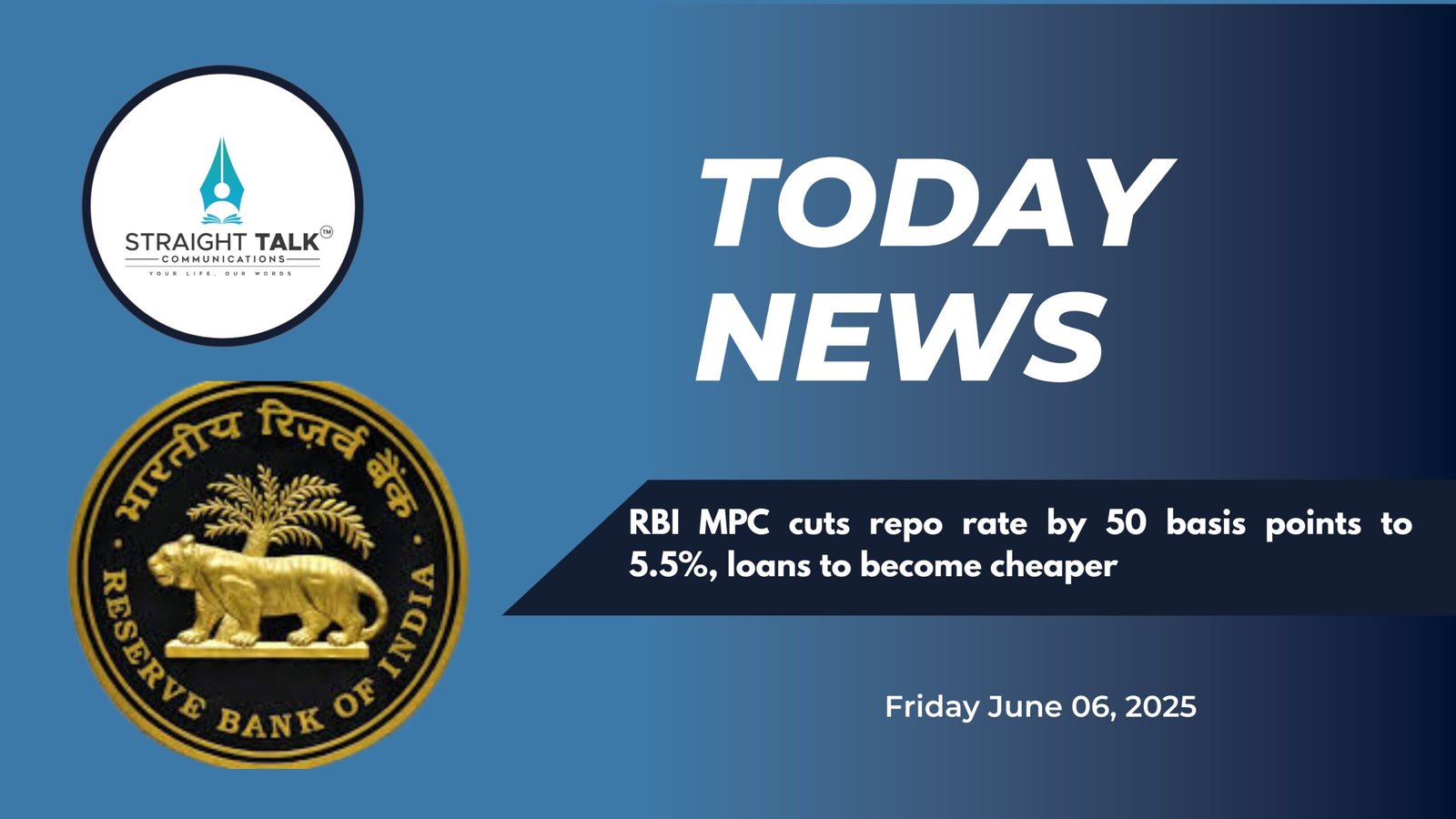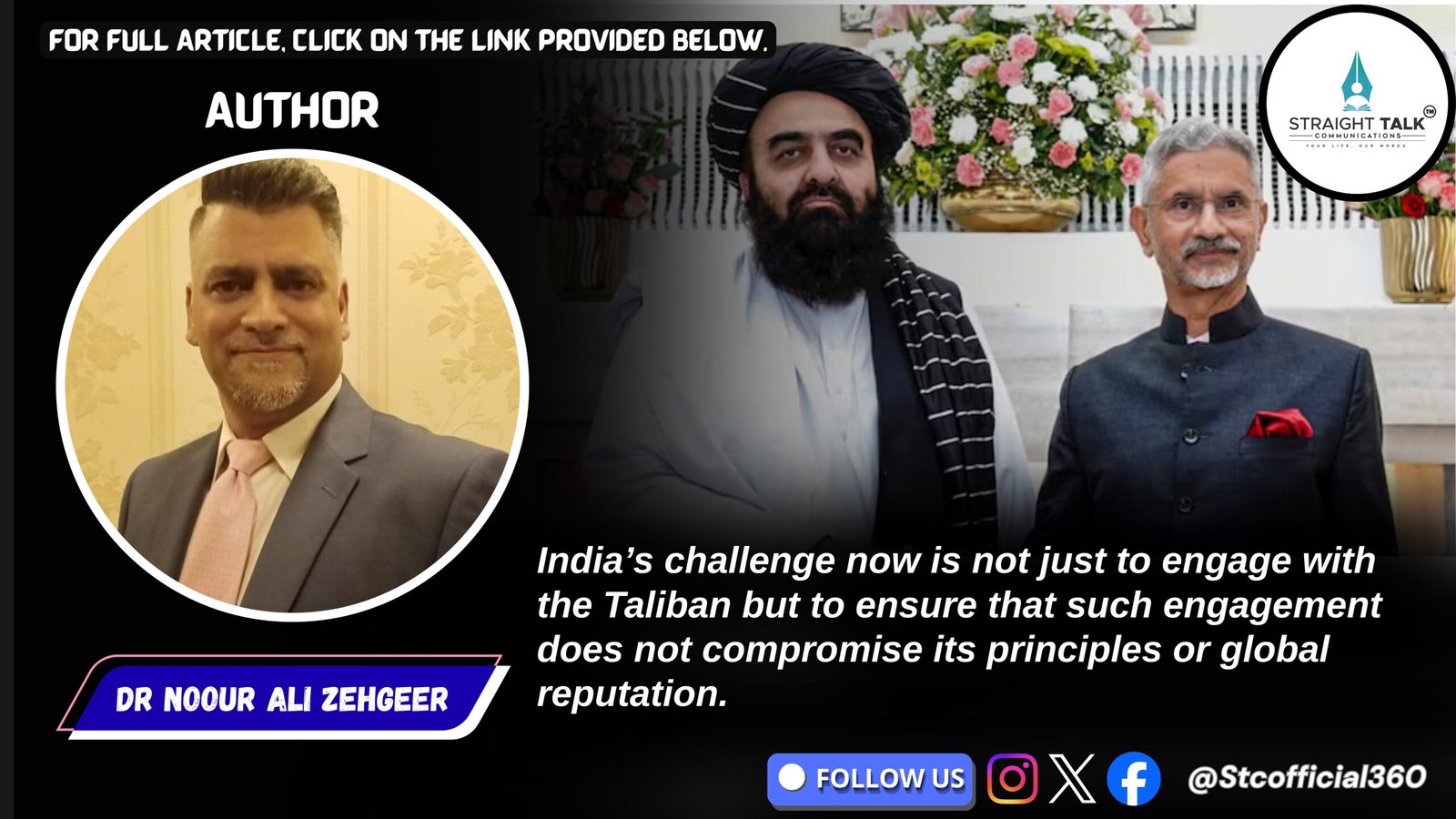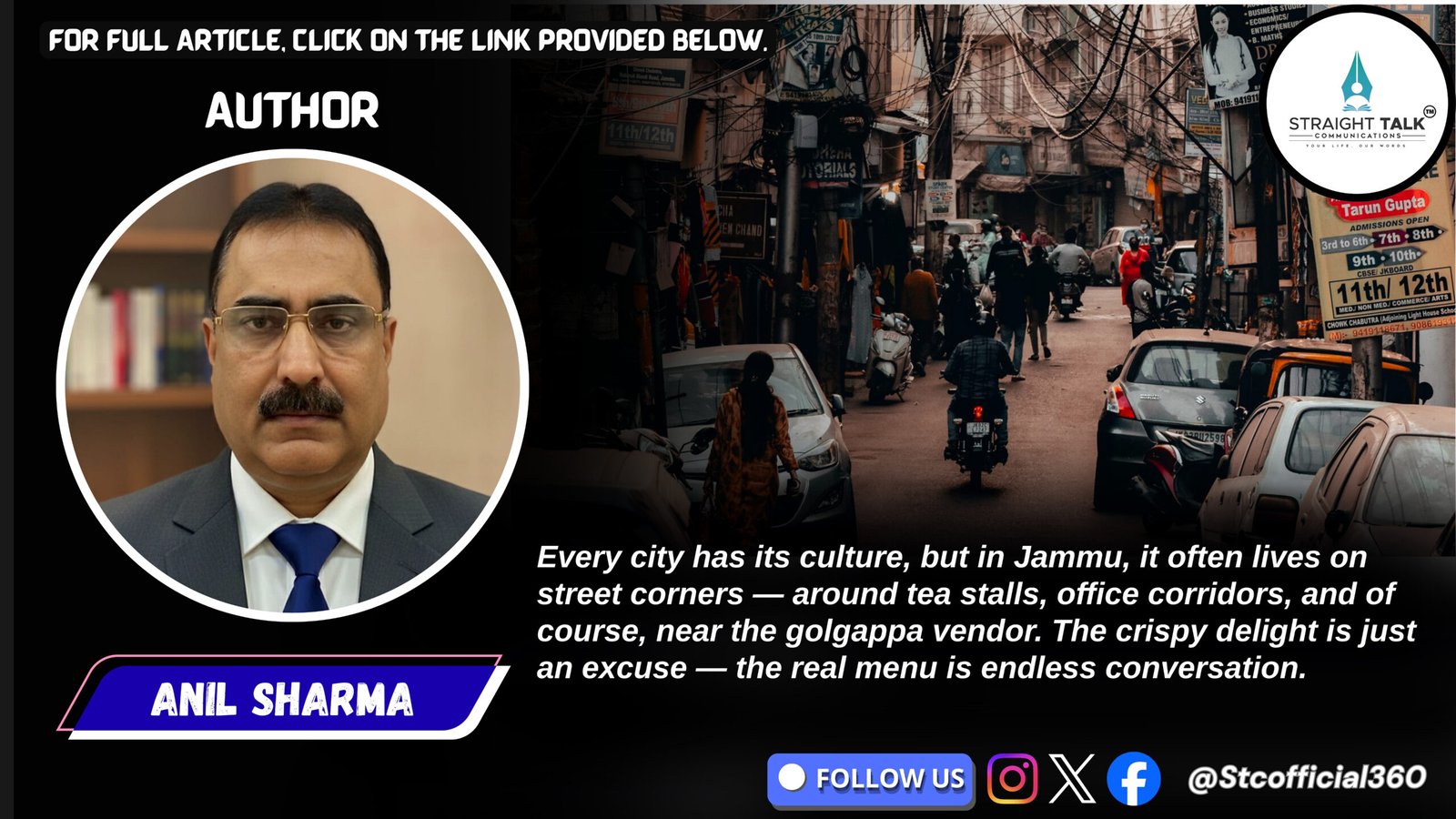Top Ten Traffic Problems in Kashmir

The author offers a ‘realistic, time-bound action’ plan for the State Traffic Regulatory Authority. The intent is to set in motion an urgent conversation and long-overdue reform of Kashmir’s traffic planning and regulation strategy.
Dr. Fiaz Maqbool Fazili
Traffic congestion in Kashmir, particularly in its urban center Srinagar, has grown into a multifaceted crisis that affects every aspect of daily life—mobility, commerce, healthcare access, and even emergency responses. The idyllic landscape once characterized by serenity now endures long traffic snarls, aggressive driving behavior, poorly thought-out infrastructure, and unregulated vehicular growth. Despite the evolving demands of a growing population and vehicular base, policy responses have either lagged or been misaligned with ground realities.
(A) The top ten problems with vehicular traffic in Kashmir:
- Ill-conceived Traffic Plans and Policies
Over the last two decades, Kashmir’s urban planning has failed to anticipate the exponential growth of personal vehicles. Urban planners have often replicated models from the plains, ignoring the unique topography, weather conditions, and political sensitivities of Kashmir. Most traffic management measures are reactive rather than proactive, and bureaucratic inertia often delays meaningful reform. - Frequent Traffic Jams
Every major road in Srinagar, including the Boulevard, Airport Road, and M.A. Road, witnesses massive traffic jams during peak hours. Intersections such as Jehangir Chowk, Pantha Chowk, and Nowgam are regularly clogged. These jams are often worsened by haphazard lane discipline, absence of real-time traffic monitoring systems, and lack of alternate routes. - Overproduction and Unregulated Entry of Vehicles
An alarming number of new vehicles are added to Kashmir’s roads annually. According to 2023 RTO data, over 100,000 new vehicles (private and commercial) were registered in Kashmir, with Srinagar alone accounting for nearly 40% of them. Despite this, there is little regulation or restriction on vehicle ownership, and no quota-based planning is in place to match road capacity with vehicular growth. - Bottlenecks in City Arteries
Strategic roads like Residency Road, Qamarwari Crossing, and the Dalgate-Bemina corridor face chronic bottlenecks due to poor planning and mismatched traffic loads. These arterial routes, meant to handle moderate flow, are overwhelmed by mixed traffic, including commercial vehicles, passenger cars, and bikes. The road geometry often narrows suddenly, creating unpredictable choke points. - Encroachment by Shopkeepers
Areas such as Lal Chowk, Hari Singh High Street, Batamaloo, Karan Nagar, Zafibal, and Nowhatta suffer from rampant encroachment. Vendors spill over from designated shopfronts onto sidewalks and even onto roads, narrowing the carriageway. Local authorities have failed to enforce shopfront regulations or provide organized vending zones, exacerbating congestion. - Ill-conceived Flyovers and Urban Design
The Jehangir Chowk-Rambagh flyover, instead of easing traffic, introduced new twists and turns that complicate traffic flow. It channels traffic into already saturated areas without corresponding decongestion plans. This is emblematic of flyovers built without comprehensive traffic studies, often serving political timelines more than transportation logic. - Lack of Parking Infrastructure
Srinagar lacks structured parking zones. In central hubs like Lal Chowk and Rajbagh, vehicles are parked along the road or on footpaths, reducing usable road space and disrupting pedestrian flow. There are no multi-storey parking lots that cater to high-density areas, and private construction lacks mandatory parking provisions. - Undisciplined Traffic Behavior
Lane indiscipline, disregard for signals, over-speeding, and wrong-side driving are common. Traffic police are either under-equipped or absent during critical hours. With few speed cameras or real-time monitoring, enforcement remains arbitrary and inconsistent. This behavior worsens the already difficult situation. - Disruption from VVIP and Troop Movement
Frequent VVIP movement and defense convoys on National Highway-44 and within Srinagar halt civilian traffic for extended periods. Entire stretches are blocked off for hours, affecting school schedules, emergency medical movement, and daily commuters. There’s no strategy to segregate military and civilian transport corridors. - Inadequate Coordination between Urban Planning and Traffic Management
Urban expansion continues without integrated transport planning. Commercial and residential complexes come up without access roads or parking capacity, and no regulatory mechanism exists to ensure traffic feasibility studies before construction approvals. Roads are expanded or maintained in isolation, without assessing their integration into the larger traffic ecosystem.
(B) Quantifying the Crisis
- Vehicle Registration and Road Capacity Gap
According to the RTO, over 1.2 million vehicles are registered in Kashmir as of 2024, with an annual growth rate exceeding 8%. In contrast, road expansion has stagnated at less than 2% annually. Srinagar city, with approximately 6.5 lakh registered vehicles, has only 350 km of usable road length. The road-to-vehicle ratio has collapsed, making even modest traffic volumes feel like gridlock. - Parking Deficit
Srinagar has parking space for only about 5000-6000 vehicles at any given time as per unverified sources. However, peak demand exceeds 75,000 in the main city during weekdays. The absence of underground, rooftop, or automated parking further compounds the problem.
(C) Traffic Behaviour: Ten Root Causes of Indiscipline
1. Absence of Road Safety Education
2. Lack of Strict Law Enforcement
3. No Traffic Psychology Assessment in Driving Tests
4. Inadequate Signage and Road Markings
5. Poor Condition of Traffic Lights
6. Over-dependence on Manual Policing
7. Low Public Trust in Authorities
8. Ad hoc Rerouting and Confusing Diversions
9. Frequent Political and Religious Processions Without Traffic Planning
10. Cultural Normalization of Rule-Breaking
(D) Impact on Daily Life and Emergency Services
1.Commuters’ Stress and Lost Productivity
Office-goers, students, and laborers lose 1–3 hours daily in traffic. This directly affects productivity, mental health, and quality of life.
2.Healthcare Delays
Ambulances stuck in traffic during golden hours have cost lives. Several cases of maternal deaths and cardiac arrests due to blocked roads have been reported in Lal Ded, SMHS, and SKIMS hospitals.
3.Disaster Management Failures
During fire outbreaks, fire tenders often arrive late due to jammed roads, especially in congested localities like Nowhatta and Safa Kadal.
4.School and Exam Disruptions
During board and entrance exams, students often fail to reach centers on time due to VVIP movement or traffic jams.
5.Tourism Deficit
Tourists often express frustration over the choked roads and poor mobility, which hurts local business and Kashmir’s image as a travel destination.
6. The Increase in Traffic and Its Impact on Toxic Gas Emissions Leading to Diseases like COPD and Cancer
The rise in vehicular traffic is a major contributor to the emission of toxic gases, such as carbon monoxide (CO), nitrogen oxides (NOx), and particulate matter (PM2.5). These pollutants degrade air quality and pose severe health risks, including chronic respiratory diseases like Chronic Obstructive Pulmonary Disease (COPD) and lung cancer. Prolonged exposure to these harmful emissions can damage lung tissues, cause inflammation, and even trigger genetic mutations leading to cancer. To mitigate these health hazards, it is essential to adopt cleaner transportation alternatives, enforce stricter emission regulations, and promote public awareness about the dangers of air pollution. Addressing traffic-related pollution is crucial for safeguarding public health and reducing the burden of life-threatening diseases
(E) Time-Bound Action Plan for the State Traffic Regulatory Authority
To address the multidimensional crisis, a phased and time-bound action plan is proposed. The plan unfolds in three phases:
Phase I: Immediate (0–6 months)
✓ Encroachment Clearance Drive
▪ Launch a joint drive with municipal authorities to clear sidewalks and roads in major markets. Create regulated vending zones.
▪ Traffic Behavior Enforcement Blitz
▪ Deploy 500+ traffic wardens across high-density areas. Use mobile cameras, drones, and public awareness campaigns.
▪ Mandatory VVIP and Troop Movement Schedule Transparency
▪ Issue public notifications with alternate routes and timings for convoys. Designate buffer corridors.
▪ Emergency Green Corridors
▪ Reserve one lane in main arteries as “Emergency Use Only,” accessible to ambulances, fire brigades, and disaster services.
Phase II: Mid-Term (6 months–2 years)
▪ Smart Traffic Management System
Implement adaptive traffic signal systems with real-time traffic analytics at 50+ intersections across Srinagar.
▪ Structured Parking Infrastructure
Build multi-level parking at Lal Chowk, Batamaloo, Jehangir Chowk, and Nowgam through PPP models.
▪ Urban Road Widening Plan
Identify 10 high-volume roads for scientifically aligned widening. Involve town planners, not just civil engineers.
▪ Vehicular Entry Regulation
Implement odd-even schemes during peak hours. Introduce “Green Permits” for new vehicles based on existing load.
Phase III: Long-Term (2–5 years)
➢ Mass Rapid Transit System (MRTS)
➢ Commission light rail between Qazigund and Baramulla via Srinagar with city-specific feeder lines.
➢ Zoning and Decentralization
➢ Decongest city center by moving administrative offices and wholesale markets to peripheral areas.
➢ Integration with Urban Development
➢ Mandate traffic feasibility studies before any new urban housing or commercial project approval.
➢ Flyover and Tunnel Review Panel
➢ Create an independent panel to audit existing flyovers and redesign or dismantle problematic stretches.
➢ Driving Education Reform
➢ Introduce mandatory simulation and behavioral assessments for licensing. Begin in high schools and colleges.
Conclusion
Kashmir’s traffic woes are not a simple consequence of more cars and fewer roads. They represent a larger failure in imagination, coordination, and governance. Any solution that fails to consider the organic behavior of urban life, the political sensitivities of the region, and the psychological mindset of drivers will be half-hearted at best.
The State Traffic Regulatory Authority must emerge as a leading, proactive institution capable of coordinating across municipal, military, and civil lines to reimagine mobility in Kashmir. This memorandum calls for urgent political will and administrative resolve to restore fluidity to our roads—and dignity to our daily lives.







